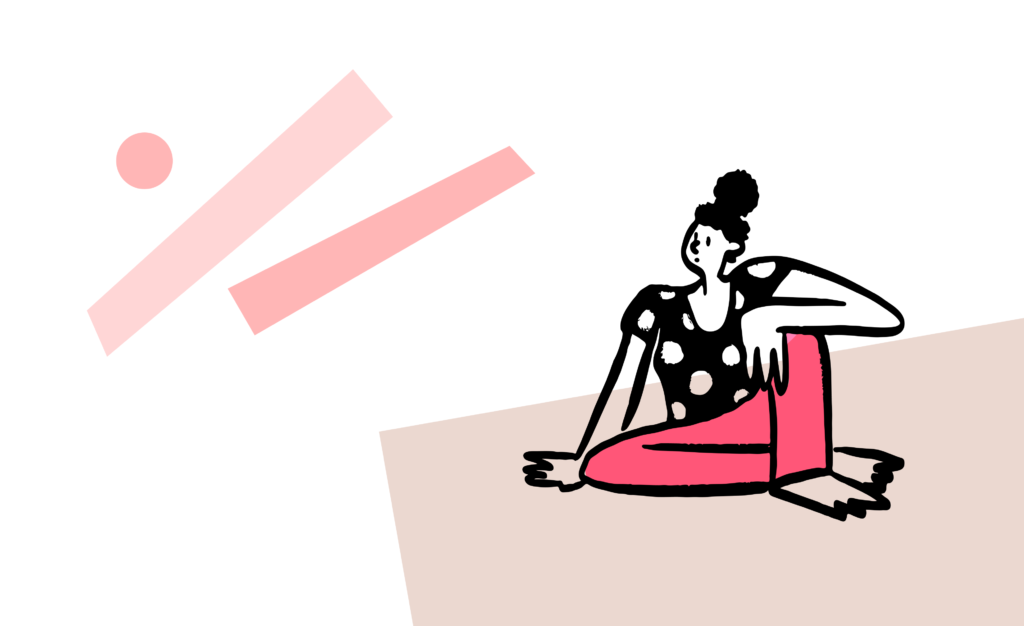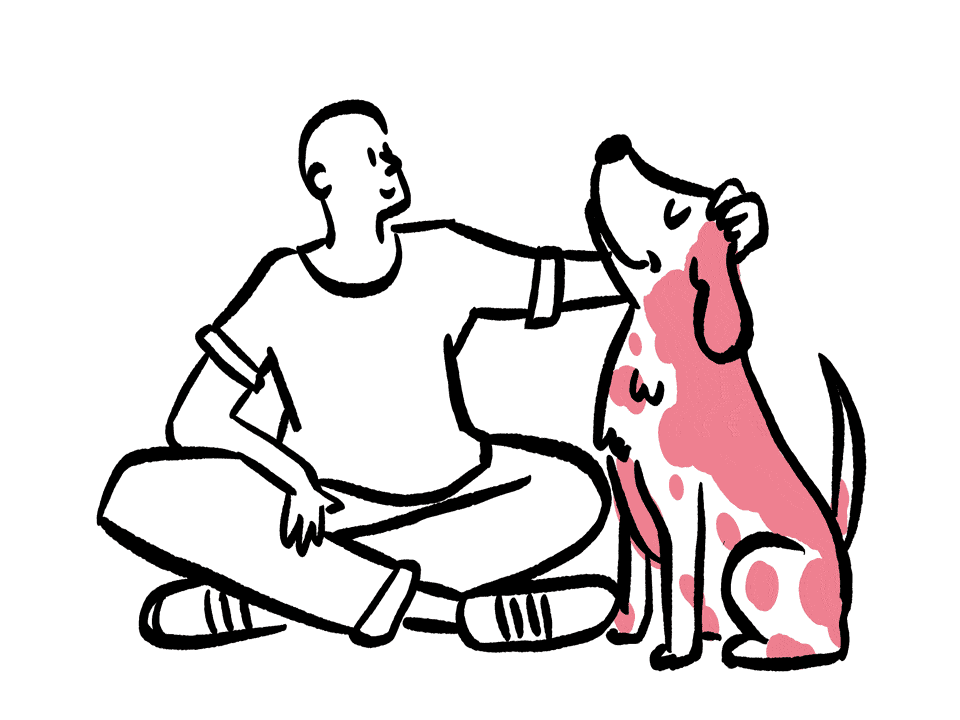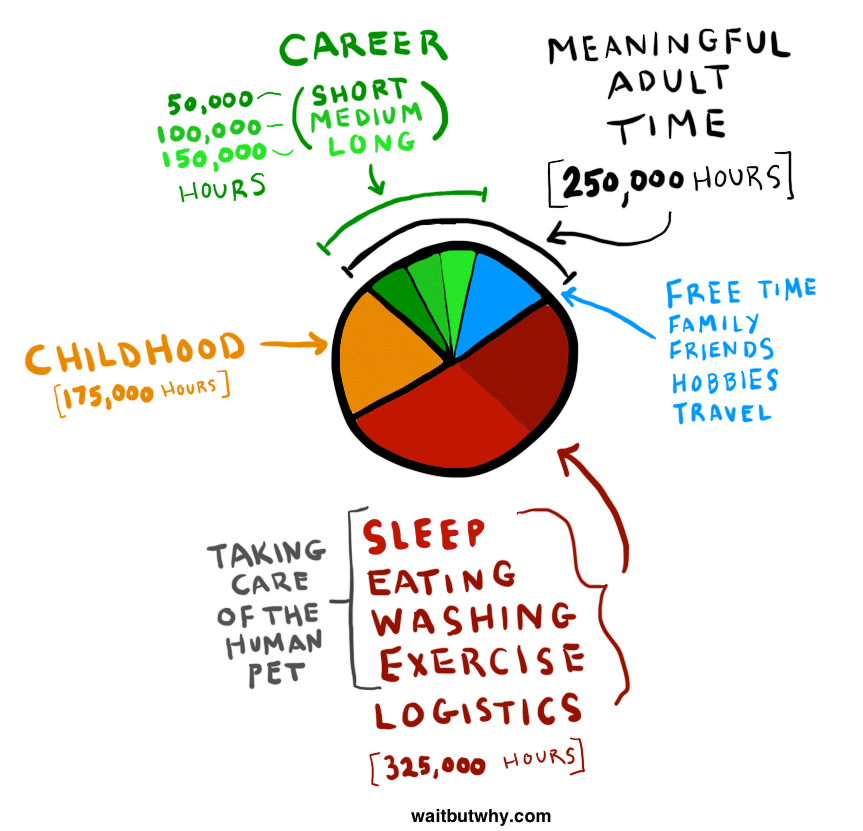The concept of work-life balance has increased in importance since the recent pandemic. We started feeling overwhelmed as we started working from home, and our workload began to take over everything else in our daily lives. Probably, this is one of the key triggers of the Great Resignation revolution of 2021.
During the past three months, I have asked people around me these questions: “Do you have a work-life balance?” and “How do you get it?” These were founders, managers, software developers, artists, and designers with varying experiences, which expanded my perspective on this topic through validations and contradictions.
This article is a collection of all my learnings from my experiences, conversations with friends, and talks on YouTube.
Why do people seek a work-life balance?
A few common answers might be
- The work I do is overly demanding; I’m overextending myself.
- Our work timings are undefined; my manager calls me at 2:00 am.
- With synchronous messaging tools like Slack, people at work expect me to respond immediately, even when I am at my dinner table or grocery shopping.
- My work is a never-ending loop; I feel disconnected from the real world; I have no time for other things like family, exercise, entertainment, etc.
Happiness at work < Happiness when not at work

“And every day, the world will drag you by the hand, yelling, “This is important! And this is important! And this is important! You need to worry about this! And this! And this!” And each day, it’s up to you to yank your hand back, put it on your heart and say, “No. This is what’s important.”
Iain Thomas
Let’s inverse these problems.
How often have you felt that you have over-lived your life or over-spent time playing your favorite sport?
Do you ever feel like you have spent much time at the dinner table or on the beach with your family; let me balance this with some time at work.
Isn’t that rare? It’s at least not as frequent as we crave a work-life balance. Thinking inversely might open a different perspective for us.

Work — Industrial age vs. Information age
In the industrial age, the work type was mostly monotonous and well defined, and the people were content as they had enough to survive. Work-life balance made sense to Industry workers since they worked from 9 to 5 and then went home happy without thinking about work at home. That was an easy switch for them.
The information age is an upgrade to the industrial age, and people look for new challenges and rewards to change their lifestyles. We use more mental energy than physical energy to solve these challenges. Work is always on our minds, sometimes even before we sleep. While balance is good for monotonous work, we need to do better to succeed at this challenging work.
Time breakdown of a long human life
The chart below helps us understand how much time we spend at work compared to our lifetime.
A typical career will take up between 20% and 60% of your meaningful adult time.

Balance results in mediocrity
In the balance analogy, work and life are seen as two opposing forces of a see-saw. Why should this be the case? It is misleading and implies a strict trade-off.
Balance seeks a division of work and other activities into strict hourly rules. That means you create rules of not to work after a specific time.
What if some critical issue occurred at late hours that would damage your company’s reputation or if some rare oppurtunity knocked on your door would significantly improve your lifestyle?
It would help if you didn’t ignore things or leave them on fire. Doing that extra thing would make a difference. There’s more loss or pain in this approach.
Hence, balance won’t bring excellence. It lets you settle for what you have got through self-imposed constraints.
So, what can be done?
In this quest of seeking balance, we will drain more energy and might feel more stressed. These are a few of the learning I have had so far, and I don’t say that these are the must-do things to get peace at work and in life, but I would say that these are the few things that have worked for me and a few others.
- Do what you love. Have a deep desire to do what you do. Discover your IKIGAI and find play and Happiness in your work.
- Learn to say “No.” Don’t over-commit. Understand your capacity and avoid getting buried in limitless tasks by always saying yes. If already committed, negotiate more time and deliver the best.
- Find focus and Reduce random context switches. Learn to become in-distractable; achieving the flow often helps to complete those large chunks of To-do lists within a given time.
- Make the right choices and priorities. Instead of asking how to find more time? We should be asking how to make our list of to-dos smaller. When we make the right choices, we have better control over our time.
- To make these choices, we need to know our priorities.
- But to know our priorities, we need to know our values.
- Knowing our values makes it easy to define our priorities and guide our choices.
- These choices then shape our days, which, in turn, shape our lives.
- Adjust workplace rules. If your workplace sets rules and expectations on how you should live, raise your concerns. Request to set team goals to work together with shared responsibility. We need to start trusting people and let them define their boundaries between work and personal life. This way, we can take care of each other; Don’t become the only dependable person in the team.
- Have “No time.” No time is a quiet moment in which a person can isolate themselves from the noise and demands of the world. It helps us relax enough to see the big picture and allows innovative ideas to get light. Steve Jobs and Albert Einstein applied the concept of no time to boost their creativity.
- Win at your routines. Routines are small or medium-sized tasks you do for yourself daily, Eg. washing, exercising, reading, etc. Finishing these gives you small wins, which generate positive energy for the rest of your day.
- Seek work-life harmony. Harmony combines simultaneously sound musical notes to produce a pleasing effect. Similarly, what matters most is how much positive energy we can generate at work and at home to gain more Happiness.
“If I am happy at home, I come into the office with tremendous energy. And if I am happy at work, I come home with tremendous energy”
Jeff Bezos

As I reflect on my life, my choices contributed more to my work-life harmony. I have never seen work and life as separate entities and have never needed a work-life balance. I don’t wait for weekends or holidays to relax or have fun. Neither do I worry about Mondays being a workday. I take enough breaks and rest when I want; I go out when the weather is nice.
Design is a part of my life and my personality. I have found my calling in it. When I work, I often feel like I am not doing it for someone or something. I do everything for myself and my Happiness. That’s how I felt when writing this article.
A master in the art of living draws no sharp distinction between his work and his play; his labor and his leisure; his mind and his body; his education and his recreation. He hardly knows which is which. He simply pursues his vision of excellence through whatever he is doing, and leaves others to determine whether he is working or playing. To himself, he always appears to be doing both.
Lawrence Jacks
Resources and credits
Illustrations: https://www.opendoodles.com/compositions
Piechart: Waitbutwhy blog

Thank you for sharing your personal experiences and efforts to explore the concept of work-life balance. It’s great to hear that you have engaged with a diverse range of individuals to gather different perspectives on this topic. By compiling your learnings from personal experiences, conversations, and talks, you have likely gained valuable insights that can contribute to a better understanding of work-life balance. Keep up the good work!
Digicrowdsolution